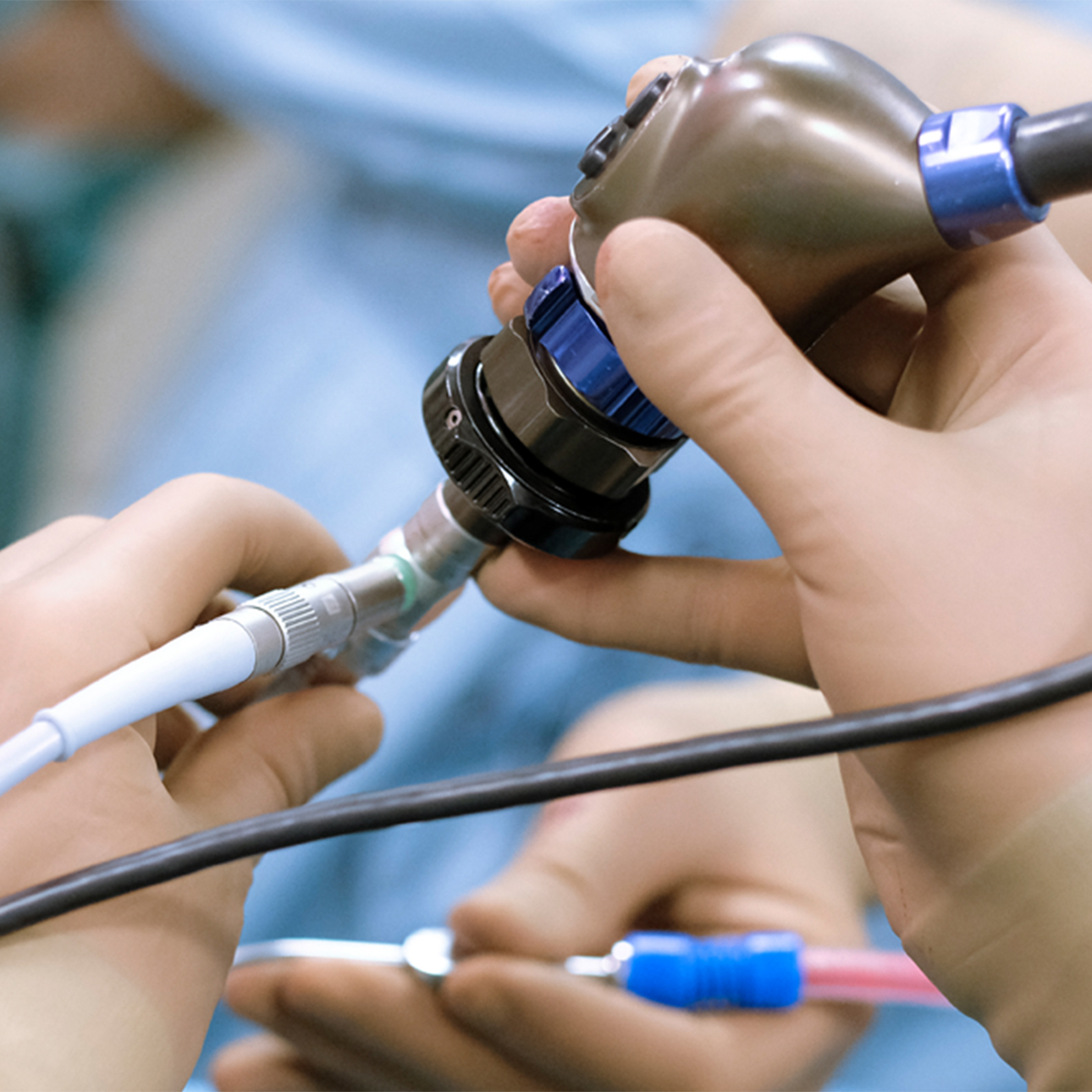
Surgery
If the cancer is small and has not spread beyond the bile duct, your doctor may remove the whole bile duct and make a new duct by connecting the duct openings in the liver to the intestine. Lymph nodes also will be removed and examined under the microscope to see if they contain cancer. If the cancer has spread and cannot be removed, your doctor may perform surgery to relieve symptoms.
If the cancer is blocking the small intestine and bile builds up in the gallbladder, surgery may be required. During this operation, called a biliary bypass, your doctor will cut the gallbladder or bile duct and sew it to the small intestine.
After complete removal of the tumor, 30 percent to 40 percent of patients survive for at least five years, with the possibility of being completely cured. If the tumor cannot be completely removed, it generally is not possible to cure the patient. In these cases, if you are not a candidate for surgery and have an obstruction, percutaneous transhepatic cholangiography (PTC) and endoscopic retrograde cholangiopancreatography (ERCP) can be used to place plastic or metal stents, which help to relieve obstructions.
Radiation therapy
Radiation therapy is the use of high-energy X-rays to kill cancer cells and shrink tumors. There are two main types of radiation therapy:
- External-Beam Radiation Therapy: Radiation comes from a machine outside the body.
- Internal Radiation Therapy: Materials that produce radiation, called radioisotopes, are put into the area where the cancer cells are found through thin plastic tubes.
Experimental therapy
There are a couple types of therapy that are currently being studied in clinical trials for the treatment of cholangiocarcinoma, including:
- Chemotherapy: Uses drugs to kill cancer cells
- Biological Therapy: Uses the body's immune system to fight cancer
- Photodynamic Therapy: Uses a specific type of light and photosensitizing agent to kill cancer cells
UCSF Health medical specialists have reviewed this information. It is for educational purposes only and is not intended to replace the advice of your doctor or other health care provider. We encourage you to discuss any questions or concerns you may have with your provider.



















